Recent
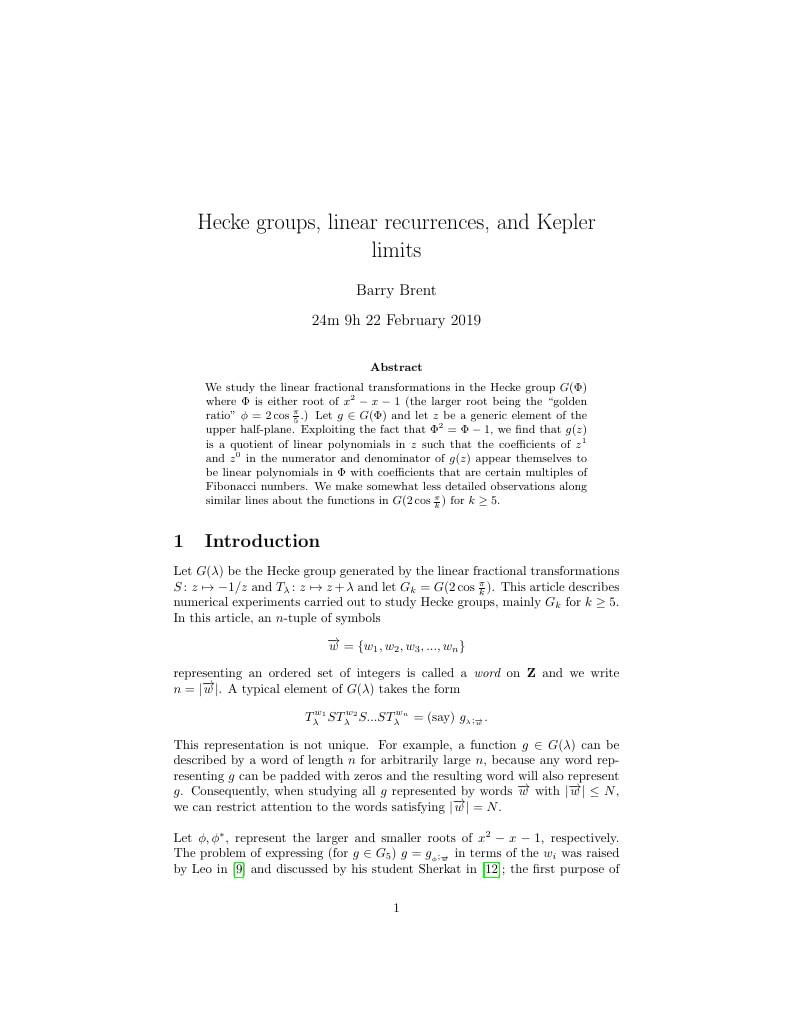
Computations with the the objects mentioned in the title.
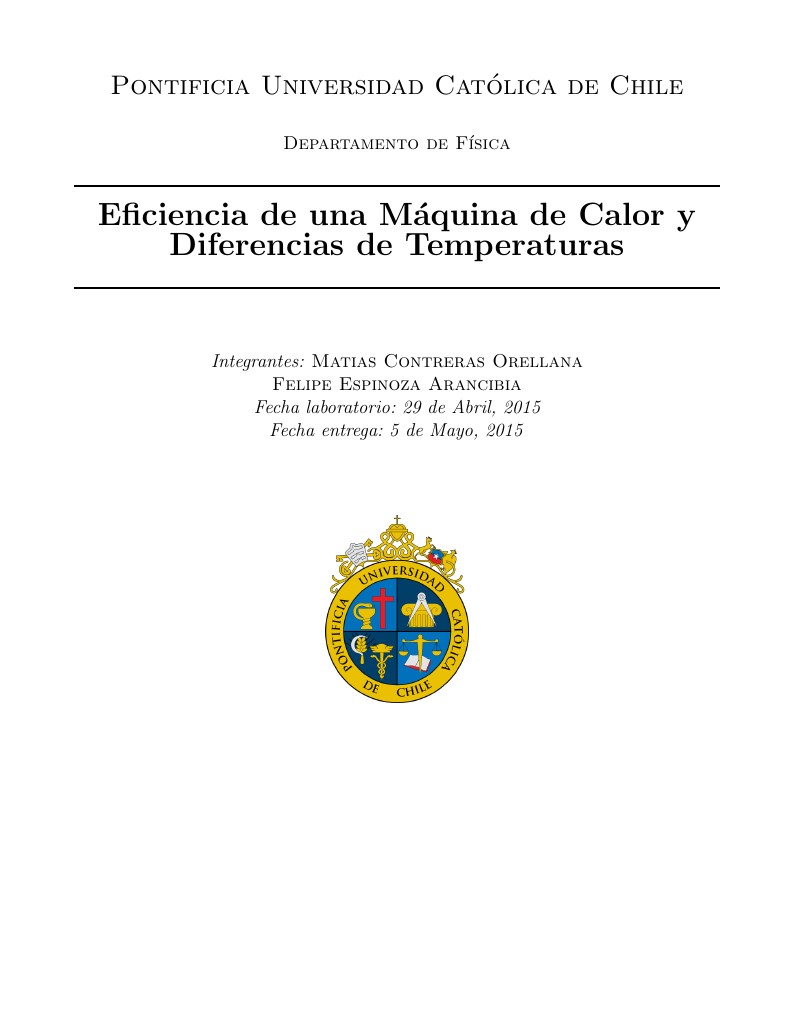
Se calculó la eficiencia real y de Carnot de un Aparato de Eficiencia Térmica (Model TD-8564).
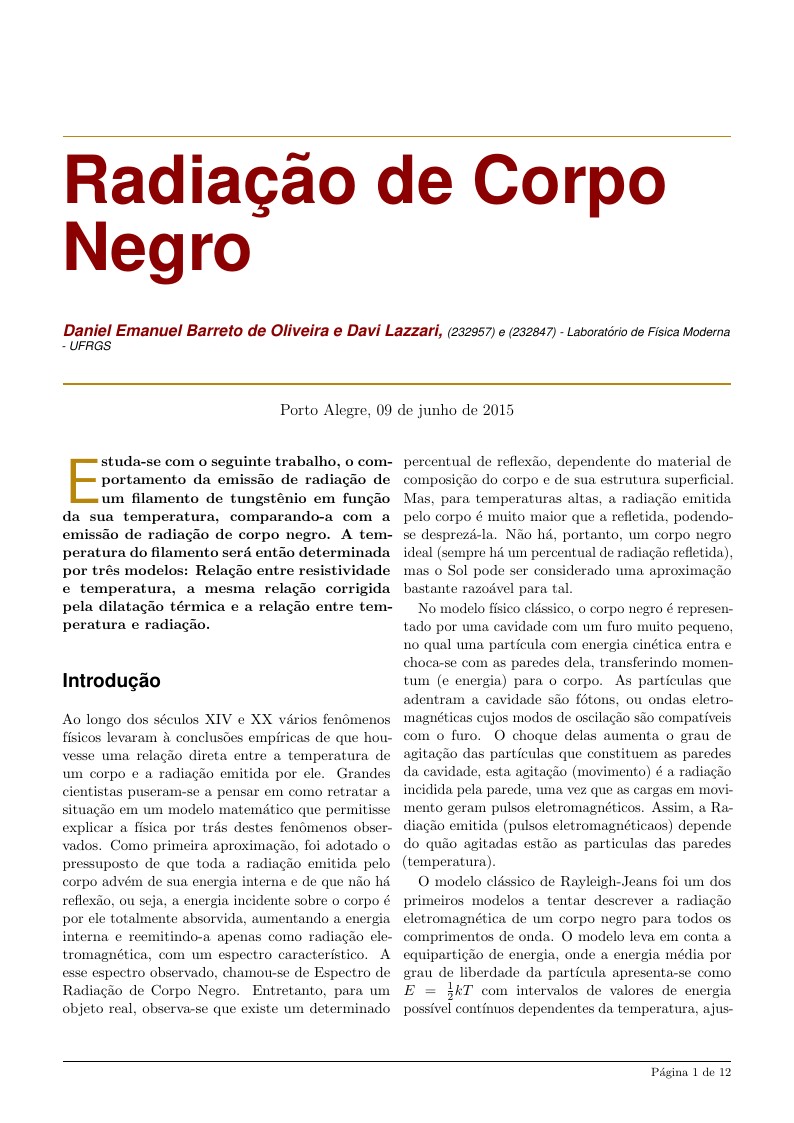
Trabalho experimental de determinação da Constante de Planck e do comportamento de Corpo Negro para um filamento de Tungstênio a partir da determinação de temperatura por resistência e por radiação eletromagnética.
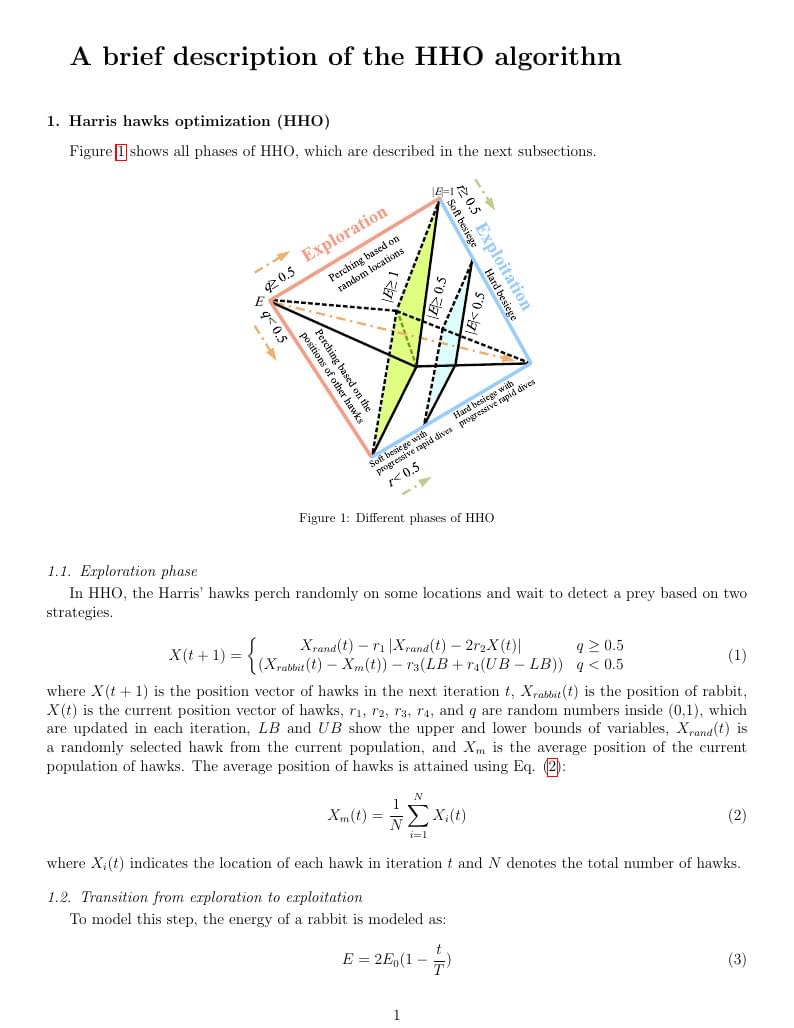
Brief LaTeX file for HHO section
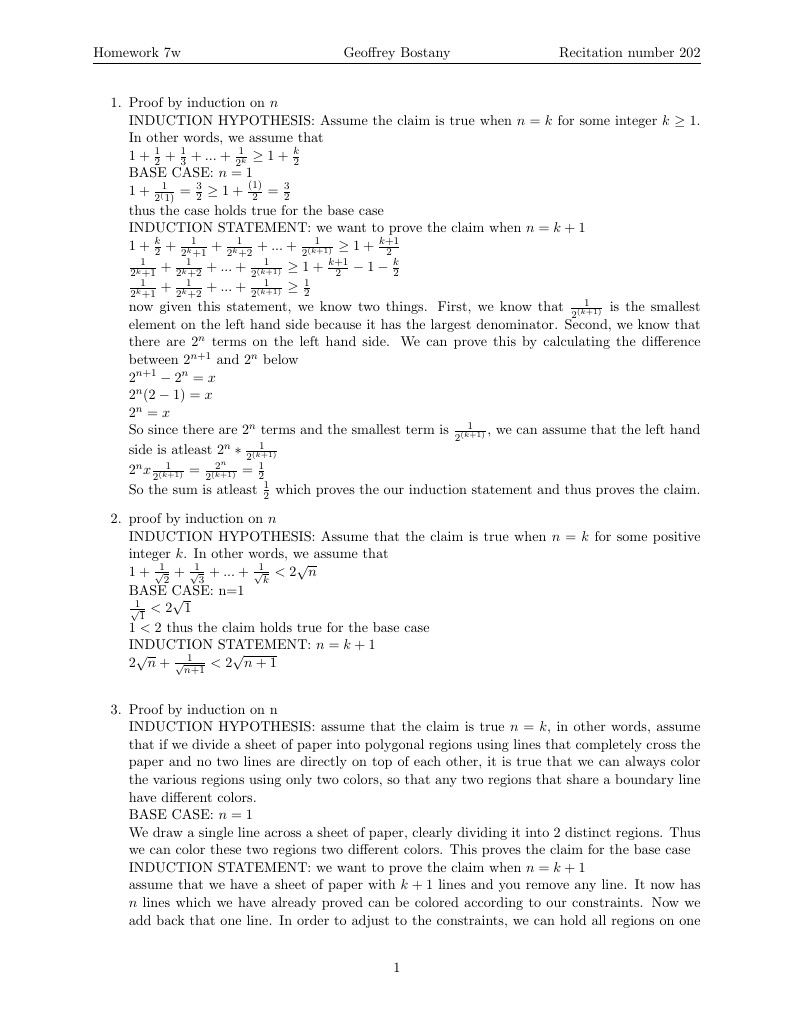
homework7m
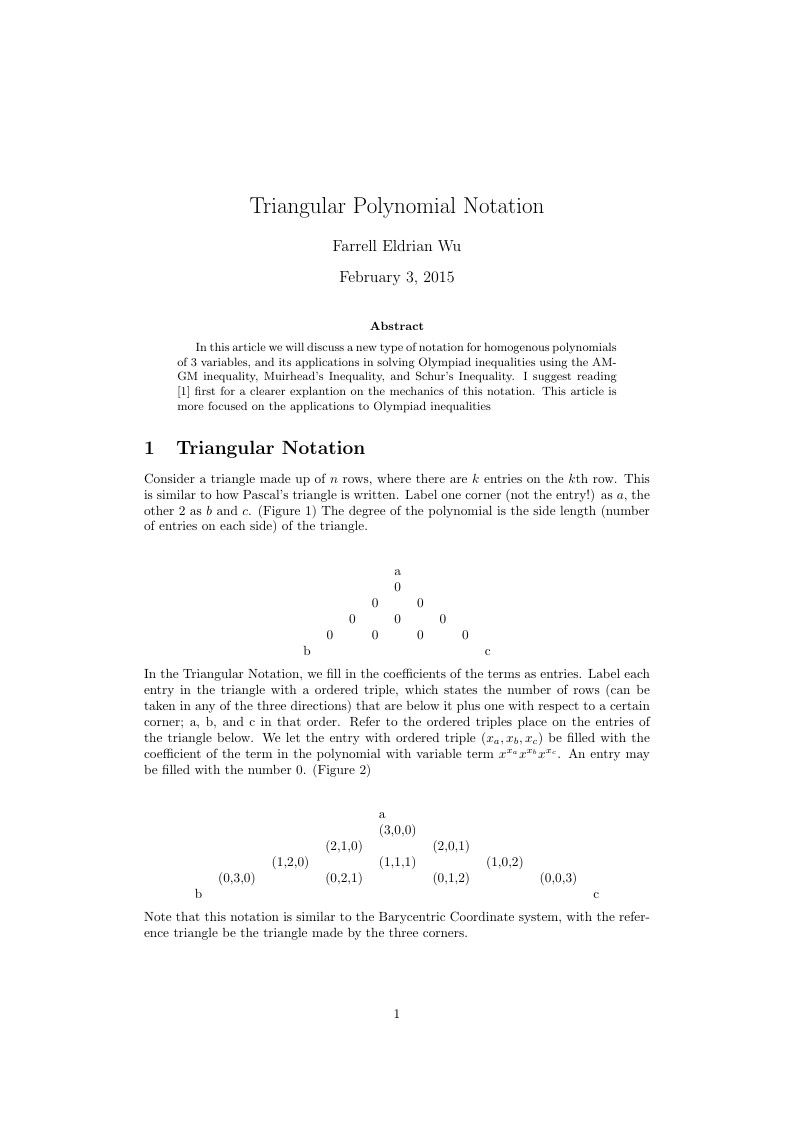
In this article we will discuss a new type of notation for homogenous polynomials of $3$ variables, and its applications in solving Olympiad inequalities using the AM-GM inequality, Muirhead’s Inequality, and Schur’s Inequality. I suggest reading [1] first for a clearer explantion on the mechanics of this notation. This article is more focused on the applications to Olympiad inequalities
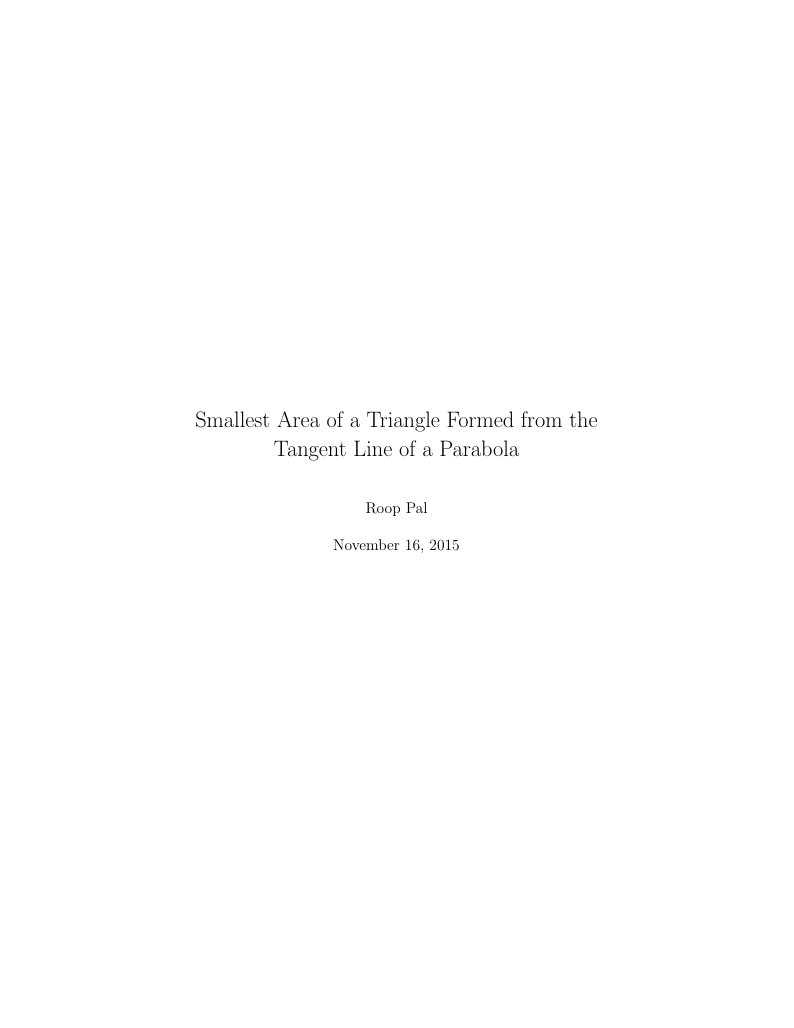
This problem is an applied optimization problem. The problem is to minimize the area of the triangle formed by a tangent line to the function y = 1⁄9 x2. The triangle is defined by the origin, the x-intercept of the tangent line, and the y-intercept of the tangent line. Only triangles formed in the first quadrant are of concern.
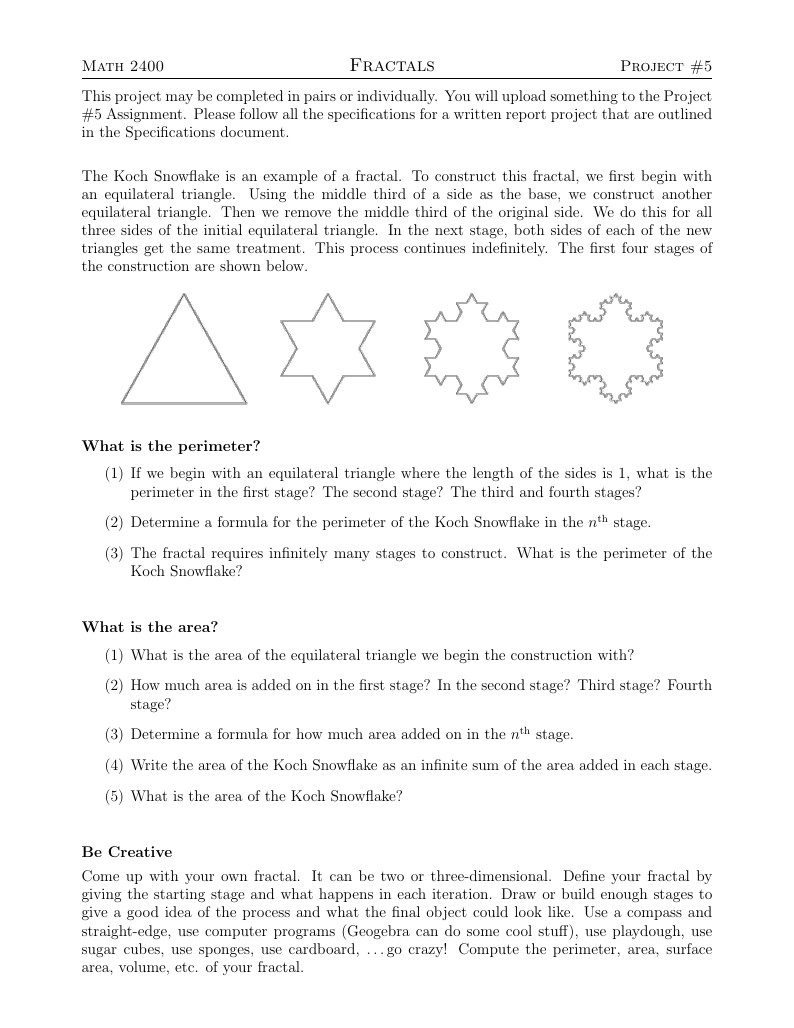
This project walks students through computing the perimeter and area of the Koch Snowflake as an application of geometric series. Students then create their own fractal and perform similar computations.

Primality Tests and Factoring Algorithms
\begin
Discover why over 20 million people worldwide trust Overleaf with their work.